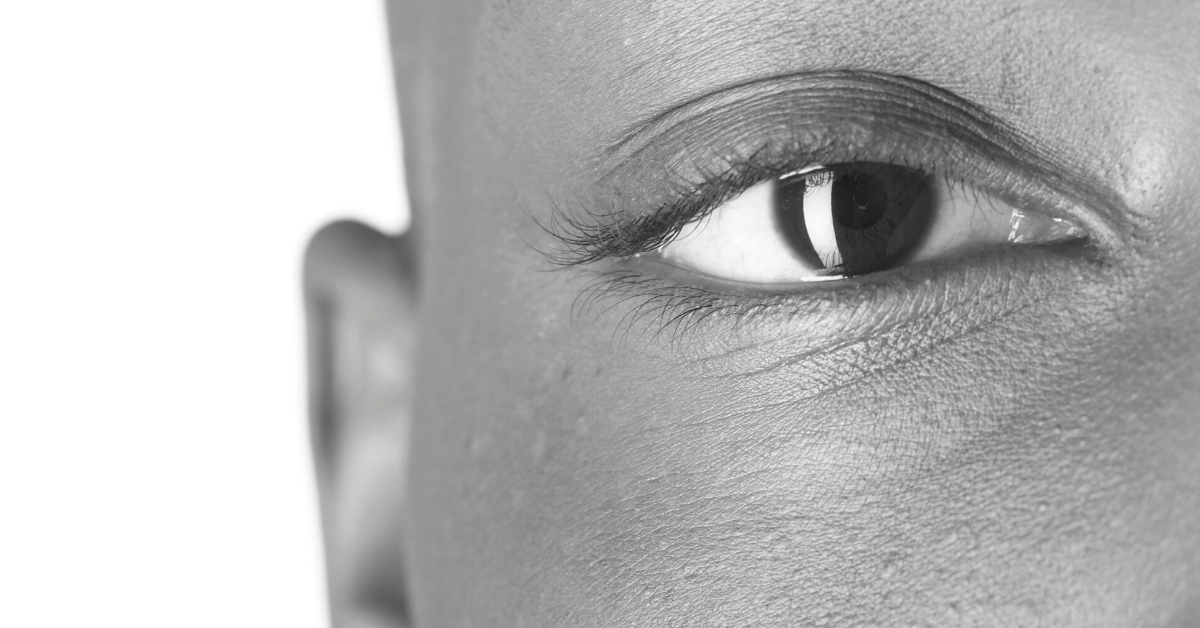
Retinopathy is a common complication of diabetes. We asked diabetes educator Carla Cox to answer these frequently asked questions about Diabetic Retinopathy.
The development of retinopathy is a risk in people with diabetes. Retinopathy related to diabetes is the leading cause of blindness in the working-age population. Approximately 28.5% of people with diabetes over the age of 40 have some degree of retinopathy with a much lower incidence of vision-threatening retinopathy among 4.4% in that same population. There is a higher incidence in men, those with longer duration of diabetes, higher average glucose values and high blood pressure, and in some ethnic groups.
What is retinopathy?
Retinopathy occurs with abnormal growth or damage to the blood vessels in your retina. The retina is a thin layer of tissue that lines the back of the eye. The role of the retina is to receive the light that has traveled through the lens of the eye, and convert it into neural signals the brain can recognize and convert to vision. The retina receives the object, delivers the message through the optic nerve to the brain which then determines what the “picture” is.
The retina is very vascular, and with damage to the blood vessels, the response is no longer as effective, and with enough damage due to a variety of factors, severe vision loss and blindness can occur.
"Diabetic retinopathy" occurs when retinopathy is developed largely due to the effects of diabetes, such as prolonged high blood sugar and elevated blood pressure.
What are the signs of retinopathy?
The following symptoms may indicate you are developing retinopathy:
- Seeing spots or "floaters"
- Blurred vision
- Vision loss
- Impaired or loss of colors
Someone with retinopathy may experience a smaller degree of these signs at first, but the symptoms often worsen over time.
Can retinopathy be prevented?
Retinopathy can be prevented or delayed. Prevention includes keeping glucose in target range (ADA goal 70-130 mg/dl before meals and up to 180 mg/dl within 2 hours after your meals) and maintaining recommended goals for lipids (blood fats) and blood pressure. Often, early symptoms of retinopathy are not recognized. So prevention includes regular screening. If retinopathy is detected, treatment can start early and help to preserve vision. People with type 2 diabetes should have an eye examination upon or soon after diagnosis. People with type 1 diabetes within the first 5 years of diagnosis. The reason for the difference in timing recommendations is because often when people are diagnosed with type 2 diabetes, they have had high glucose for some time and could already have some retinal damage.
Your ophthalmologist (eye doctor) or optometrist will recommend the frequency of screening based on how your eyes look. It will be either every 1-2 years or more often if retinopathy is progressing. There are procedures that can help to treat retinopathy, so EARLY diagnosis is critical. Do not put off those visits!
To summarize: maintain glucose values within target range most of the time, manage blood pressure and lipids with lifestyle and/or medications, make sure you are screened annually or as recommended by an eye specialist.

